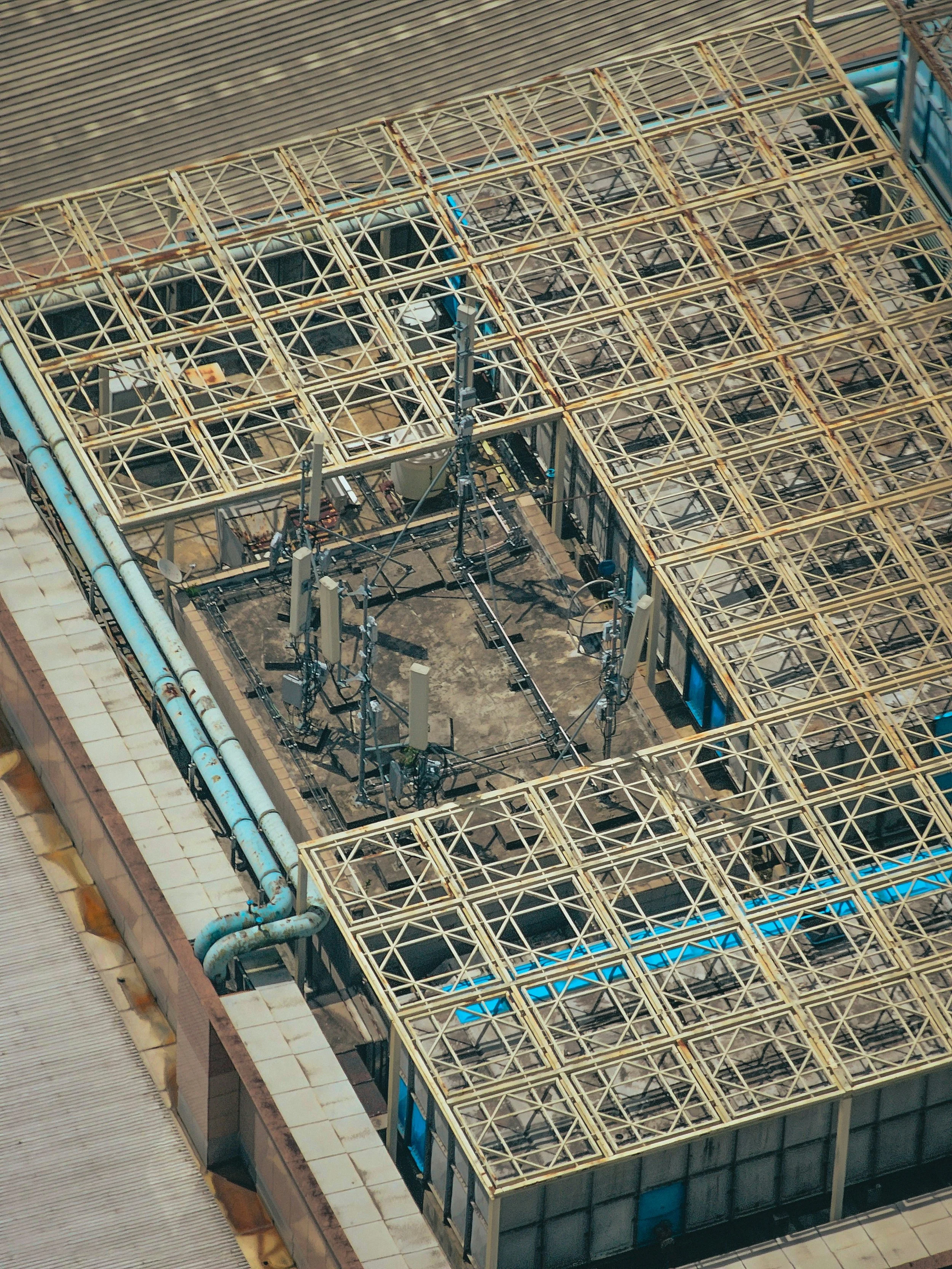Grid Modernization: The Hidden Crisis in the Energy Transition
Türkiye’s enthusiasm for reducing carbon emissions deserve appreciation. With their success in achieving 59% of its energy capacity from renewable energy sources in 2024, the country has emerged as a key player in the clean energy market. The ambitious target to reach 65% of electricity from renewable energy by 2053 and net-zero by 2053, demonstrate a strong national commitment to the development of clean energy. However, behind this progress, lies a critical and often overlooked challenge: the readiness of Türkiye’s electricity grid to absorb and deliver clean energy.
Türkiye’s Grid Under Pressure
The electricity grid is the backbone of any power system. Without this infrastructure, electricity cannot reach the end users– no matter how much it produces. In recent years, Türkiye has doubled its solar capacity compared to 2.5 years ago, yet with this growth of clean energy production, the infrastructure has not undergone adequate upgrades, which could lead to fatal consequences. Many areas can’t benefit from this energy production and resulting in wasted energy.
Furthermore, Türkiye could actually generate more energy capacity, but the outdated grid infrastructure holds back even greater renewable energy generation potential. Several renewable energy projects have been delayed due to grid bottlenecks, causing doubt over the country’s ability to meet its long-term climate goals without a grid modernization.
A Lesson from Southern Europe: The Spain-Portugal Blackout
On April 28, 2025, Spain and Portugal experienced a widespread blackout lasting for hours caused by an unexplained transmission problem. Although investigations are ongoing, many speculate that the root cause lies in grid transmission issues triggered by a surge in solar and wind power since the two are intermittent. The two countries know it’s over 80% electricity coming from these sources, making it very possible that this blackout occurred due to issues with their grid system.
This was not a failure of renewable energy, it was a failure of the system built to manage it. The incident is a dire setback amidst global efforts towards net-zero, and stands as a stark warning: without grid modernization, rapid clean energy adoption can become a vulnerability rather than strength. It becomes a reminder that clean energy transition must be matched with equally rapid grid innovation. Therefore, it is crucial to modernize the grid to reduce the occurrence of similar events in the future.
Türkiye Grid Modernization Agenda
The Turkish Ministry of Energy and Natural Resources has acknowledged that energy transitions means continuously improving the grid infrastructure. The country has prepared projects to develop a grid modernization with strong interconnectivity, projected to require an investment of US $10 billion by 2030 to accommodate the 120 GW of wind and solar energy sources by 2035.
This plan opens vast opportunities for energy investors, grid tech developers, and clean technology companies. Innovations such as smart-grid systems, advanced battery storage, and AI-powered monitoring and management tools will be in high demand. Beyond technology, the success of this grid modernization agenda will also require strong investment incentives, regulatory clarity, and multi agency coordination.
Building the Backbone of the Energy Future
The transition to clean energy is not just about phasing out fossil fuels, it’s about ensuring the systems that support it are future-ready. Without a modern, resilient grid, even the most ambitious renewable energy targets risk falling short or triggering instability. Learning from past events, grid modernization is not a technical upgrade, it is a strategic necessity.
Grid modernization is not a luxury or a long-term option, it’s an urgent priority. For investors, this is a high-potential sector with strong long-term returns, particularly in smart-grid technology, AI-driven digitalization and energy storage. For policymakers, it is the time to position grid modernization development as a national priority, supported by progressive regulation and financial incentives.
Because the future of clean energy depends on the decisions we make today.


